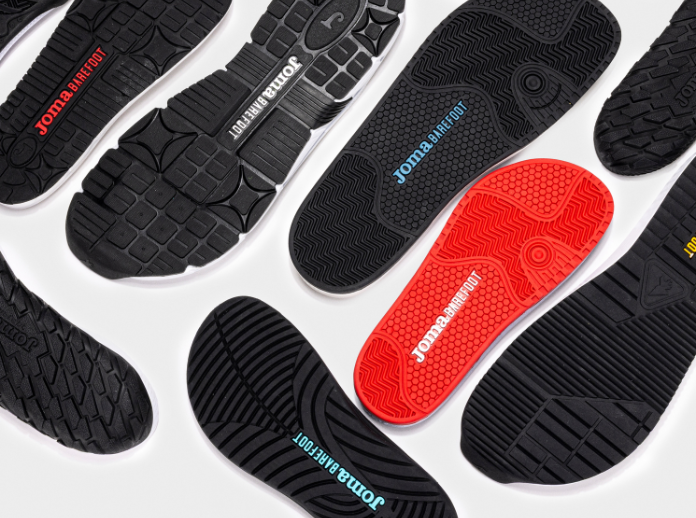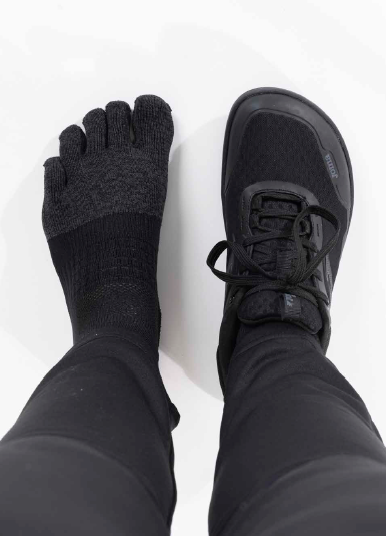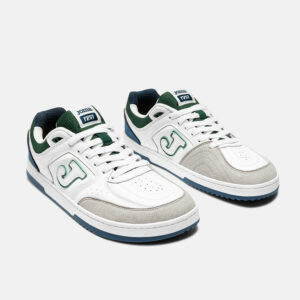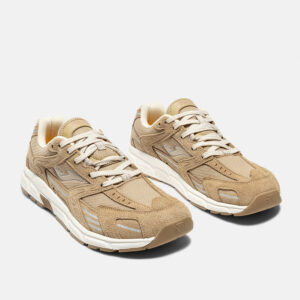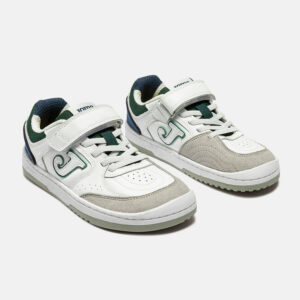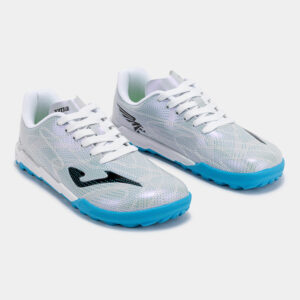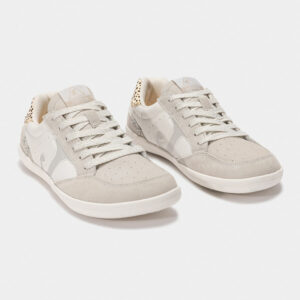What if there were an alternative to improve foot health while still using your regular footwear whenever you need it?
Barefoot shoes, also known as respectful footwear, offer exactly that: a way of walking that allows the foot to move freely and naturally, without losing the option of wearing conventional shoes when necessary.
Far from replacing them, barefoot shoes are a complementary option to strengthen foot muscles, improve your stride, and encourage more natural movement. They are designed to mimic the sensation of walking barefoot, with a thin, flexible sole and zero drop.
Key principles of barefoot footwear
Natural foot shape and size: respects anatomy and allows toes to spread freely.
Zero drop: no height difference between heel and forefoot, for a more balanced stride.
Thin and flexible soles: better transmit ground feel and increase body awareness.
Minimal rigid structures: the foot works actively, strengthening naturally.
Greater freedom of movement: supports intrinsic muscles and natural alignment.
How to choose good barefoot shoes
Choosing the right footwear is essential for a safe and effective transition to barefoot. More than focusing only on sole, drop, or material, listen to your feet.
A good barefoot shoe allows your toes to move, feels comfortable from the first moment, and does not restrict your natural way of walking or running.
In short, the best footwear combines comfort, freedom of movement, and confidence in every step, respecting your stride and supporting your progression toward more natural movement.
Safe transition to barefoot
Switching from conventional shoes to barefoot involves re-educating foot movement. The key is to do it gradually:
Start barefoot at home for a few minutes a day.
Perform specific exercises to activate and strengthen the feet.
Introduce barefoot progressively in short walks.
Alternate with conventional shoes and listen to your body’s sensations.
The transition may take 3 to 6 months, depending on experience and training type.
At Joma, we believe each person has their own rhythm. That’s why we offer both conventional and barefoot shoes, so you can enjoy the freedom of moving more naturally without giving up the confidence of your everyday footwear. Our models include a transition insole, flexible sole, wide toe box, and reduced drop, making it easier for your feet to strengthen progressively.
